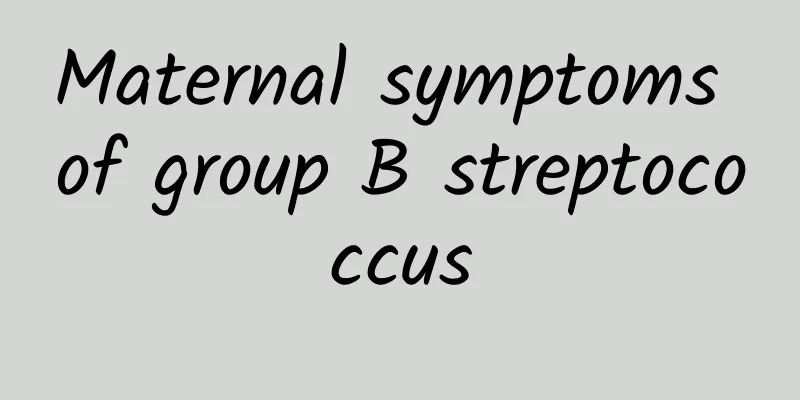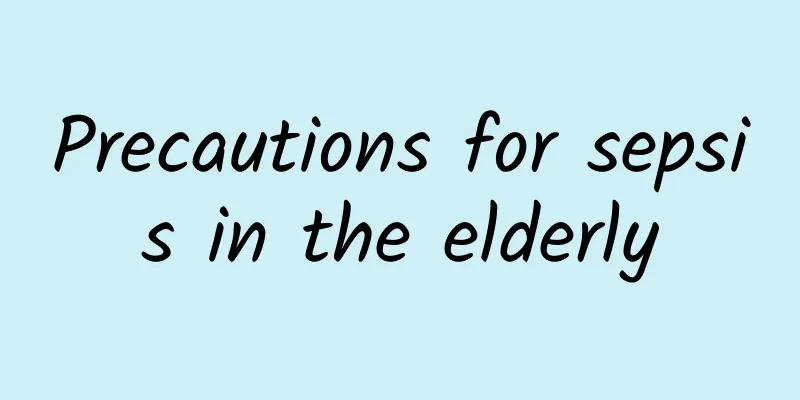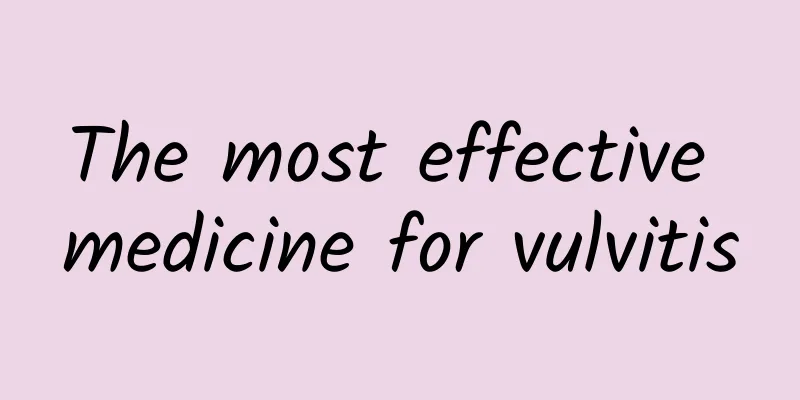What are the symptoms of vertigo?

|
You must have heard of vertigo, which is a disease that occurs in the human brain. People who suffer from vertigo usually feel dizzy from time to time, and this disease has a great impact on a person's work or study. However, based on the different incidence of vertigo in each individual, it can be inferred that the causes of vertigo are also different. So what are the symptoms of vertigo in the human body? Clinical manifestations 1. Peripheral vertigo Vertigo caused by lesions in the labyrinth or vestibular part of the inner ear, or the extracranial segment of the vestibular nerve (in the internal auditory canal) is peripheral vertigo, including acute labyrinthitis, Meniere's disease, etc. Its characteristics are: ① The vertigo is violent and rotational, and lasts for a short time. Changes in head or body position can significantly aggravate the vertigo. ② Nystagmus: Nystagmus and vertigo occur simultaneously, mostly horizontal or horizontal plus rotational nystagmus. There is usually no vertical nystagmus, but the amplitude may vary and may subside or disappear after a few hours or days. Nystagmus is more obvious when looking toward the unaffected side. Nystagmus induced by head position is mostly fatigue-related, while nystagmus induced by temperature is mostly seen in semicircular canal paralysis. ③ Balance disorder: mostly rotational or up and down, left and right swaying movements, unstable standing, spontaneous falling, static upright test mostly falling in the direction of the slow phase of nystagmus. ④Autonomic nervous system symptoms: such as nausea, vomiting, sweating and pale complexion. ⑤ Often accompanied by tinnitus and hearing impairment, but no damage to brain function. 2. Central vertigo It refers to vertigo caused by lesions of the vestibular nuclei, brainstem, cerebellum and temporal lobe of the brain. Characteristics: ① The degree of vertigo is relatively mild and lasts for a long time. It is a feeling of rotation or movement to one side. It can be relieved by closing the eyes and is not related to changes in the head or body position. ② The nystagmus is coarse and can be a single vertical nystagmus and/or horizontal or rotational nystagmus, which can exist for a long time without changing its intensity. The direction of nystagmus was inconsistent with the side of the lesion, and the direction of spontaneous tipping and static upright test was inconsistent. ③Balance disorder: manifested as rotation or a sense of movement to one side, unstable standing, and the degree of vertigo and balance disorder in most cases is inconsistent. ④Autonomic nervous system symptoms are not as obvious as peripheral ones. ⑤ No semicircular canal paralysis, hearing impairment, etc. ⑥ May be accompanied by brain function damage, such as cranial nerve damage, extraocular muscle paralysis, facial and tongue paralysis, bulbar paralysis, limb paralysis, high intracranial pressure, etc. Common vertigo symptoms 1. Otolithiasis It is the most common in clinical practice, and most patients are treated in the otolaryngology department. The symptoms of vertigo are related to the head position, with a sudden onset and continuous vertigo at the beginning, which then eases after a few days and turns into paroxysmal vertigo. However, when the head is in a certain position, dizziness will occur and may last for tens of seconds. The dizziness may be alleviated or disappear when turning or reversing the head position. Significant nystagmus may be seen, and the duration of vertigo varies greatly, with most episodes resolving or disappearing on their own within a few hours or days after onset. 2. Meniere's disease The clinical manifestation is intermittent and recurrent attacks of vertigo, with intervals ranging from days to months to years. It often occurs suddenly, with vertigo reaching its most severe level at the beginning, aggravated by head movement and eye opening, often accompanied by falling, and a state of panic due to the violent sense of rotation and movement, accompanied by tinnitus, deafness, nausea, vomiting, pale complexion, slow pulse, decreased blood pressure and nystagmus. Each attack lasts from a few minutes to a few hours, and some can persist for several days. Fatigue and drowsiness after each attack. Balance and hearing returned to normal during the interval. After multiple attacks, the vertigo will be alleviated as the deafness in the affected ear worsens, and when the deafness develops to complete, the vertigo will disappear. 3. Ischemic lesions of the vertebral basilar artery (VBA) system There is nystagmus without other neurological symptoms and signs. According to clinical manifestations, it is divided into: ① Transient ischemic attack type has irregular attacks, which may occur several times a day or once every few days, and usually ease or disappear within a few minutes to half an hour. In mild cases, there is only dizziness and instability, while in severe cases, frequent attacks progress to complete labyrinthine stroke. ② After the onset of progressive stroke, dizziness, tinnitus, and deafness continue to worsen and reach a peak after a few days. ③ Complete stroke type A few hours after the onset of the disease, dizziness, instability, tinnitus, and deafness reach a peak, and nystagmus is obvious. Symptoms may gradually subside after a few weeks. Hearing impairment and dizziness are often left behind. There are other diseases that can also cause vertigo, all of which fall into the category of vertigo, such as: cerebellar hemorrhage, neck lesions, intracranial tumors, craniocerebral trauma, drug or toxin poisoning, inflammatory demyelinating diseases, etc. treat Vertigo is not a disease, but a symptom of certain diseases. Diseases that cause vertigo involve many clinical departments, including otolaryngology, ophthalmology, orthopedics, and internal medicine. The main treatments are as follows. 1. Treatment of the cause (1) The prognosis of vertigo is better if the vestibular function is still reversibly damaged, such as benign paroxysmal positional vertigo and serous labyrinthitis. Treatment should be targeted at the cause. Once the cause is eliminated, vertigo disappears and vestibular function can be restored. (2) Vertigo caused by one-time irreversible damage to vestibular function For example, in cases of suppurative labyrinthitis, sudden deafness, vestibular neuronitis, etc., although the cause has been eliminated, the labyrinth or vestibular function is completely destroyed and the vestibular function cannot be restored. It is necessary to rely on the vestibular center to compensate and eliminate vertigo. (3) Fluctuating vestibular impairment or irreversible impairment with intractable etiology For example, dizziness caused by arteriosclerosis, hypertension, or cervical spondylosis has a poor treatment effect. If conservative treatment fails, surgical treatment can be performed. 2. Symptomatic treatment (1) When vertigo occurs, conservative treatment should be to choose the most comfortable position, avoid sound and light stimulation, and relieve mental worries. (2) Vestibular sedatives such as promethazine (Phenergan) and diazepam (Valium). (3) Anti-vomiting preparations: atropine and scopolamine. (4) Diuretics and dehydration drugs such as furosemide and mannitol. (5) Vasodilators: Ginkgo biloba extract, Salvia miltiorrhiza, Ligustrazine, etc. (6) Hormones: prednisone and dexamethasone. (7) Vitamins: Vitamin C and Vitamin E. (8) Oxygen inhalation generally uses hyperbaric oxygen or 5% carbon dioxide mixed with oxygen inhalation treatment. 3. Other treatments The causes of vertigo are complex and involve a wide range of disciplines, but some vertigo diseases (such as benign paroxysmal positional vertigo) can be cured through repositioning therapy, and the treatment effect is good. Surgical treatment of vertigo-related diseases must have a clear diagnosis and indications. |
<<: What's wrong with the dizziness in the head?
>>: What is the disease of frequent fainting?
Recommend
The causes of ovarian cysts are often related to these four factors
In general, when female friends find that they ha...
What is the normal value of blood albumin?
In order to protect your health from the threat a...
Boil on buttocks
Furuncles are actually caused by inflammation of ...
What foods can I eat if I have a lump at the base of my breast?
Breasts are very important to women. Once there i...
What are the benefits of putting ginger in the belly button
Placing ginger on the belly button has certain he...
How to induce menstruation immediately
Menstruation is not only a good friend of women, ...
Pain on left side of the appendix after menstruation
If you experience pain in the left adnexa just af...
Is fasting required for liver disease examination?
It seems that everyone has gone through a physica...
The role and efficacy of black rice leaves
I don't know if everyone knows about the leav...
What symptoms should you pay attention to when you hit your head?
It is a common problem for children to hit their ...
Abdominal liposuction for weight loss
We all know that the lower abdomen is the easiest...
What is the best food for gynecological diseases?
Gynecological diseases are very common diseases a...
Chicken intestinal wind effect and function
Chicken intestinal wind is a kind of remedy that ...
Where does appendicitis hurt?
Appendicitis is divided into acute and chronic in...
What should I pay attention to after cupping?
Cupping is a very common physical therapy method ...









